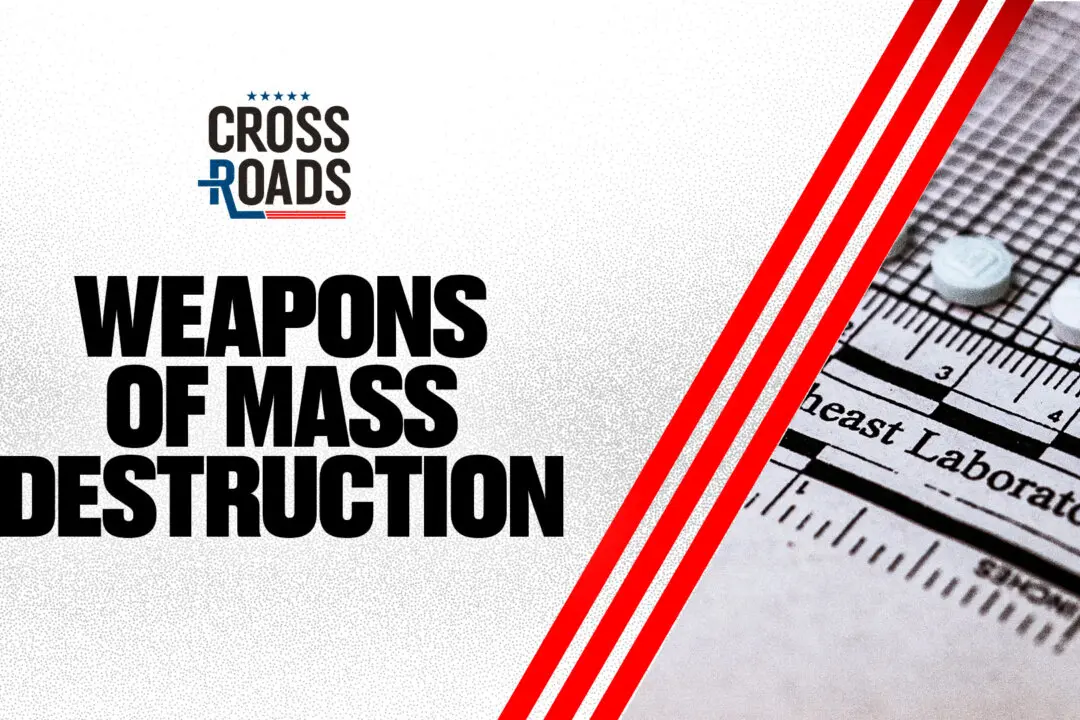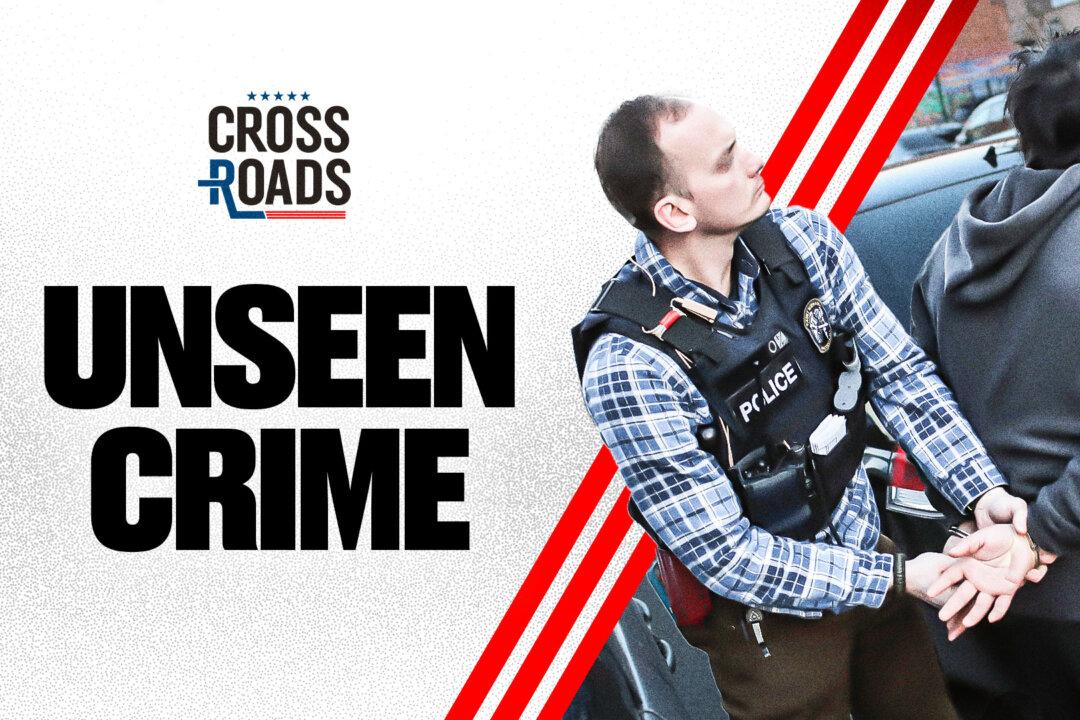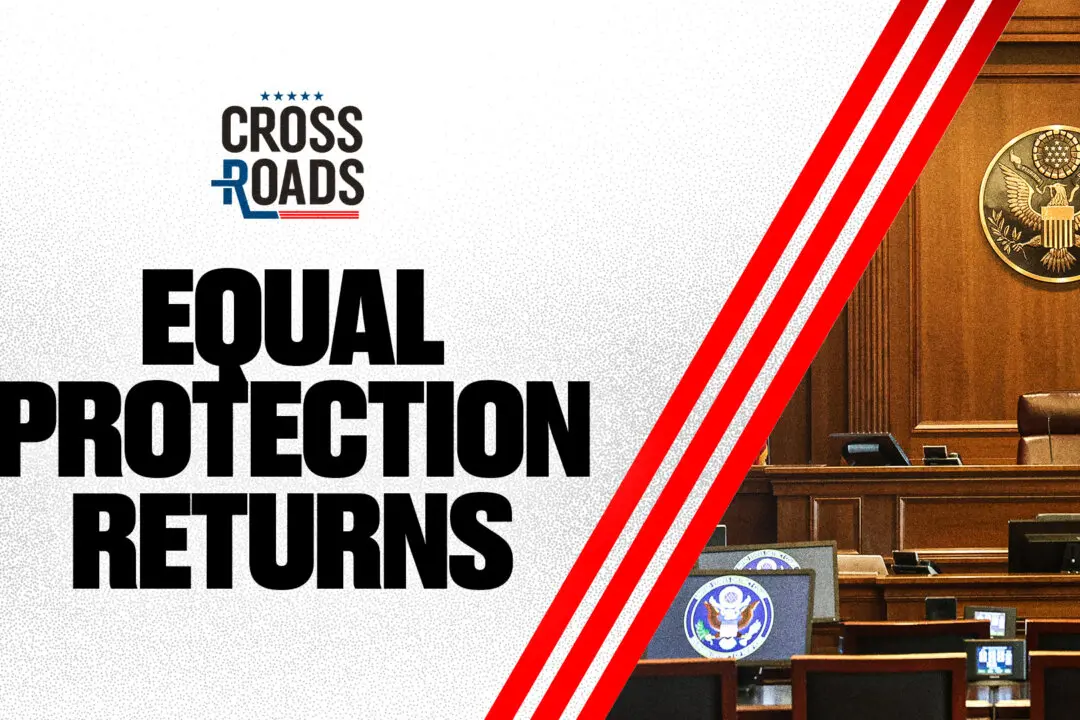Debbie Egan-Chin is a professional photographer with New York Daily News. After winning two awards in the first Annual Epoch Times International Photography Competition, The Epoch Times (ET) conducted an interview with Debbie to discuss her work.
Chosen for their original themes, subtle emotion, and artistry, one photo, “I Miss You Dad,” won the 3rd prize in the Social Division, while “Safe Exit” won the Good Photo award.







